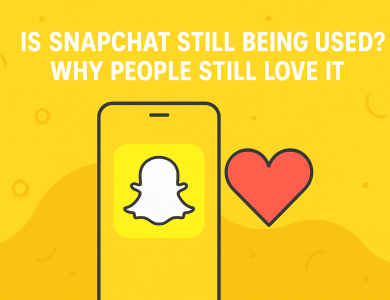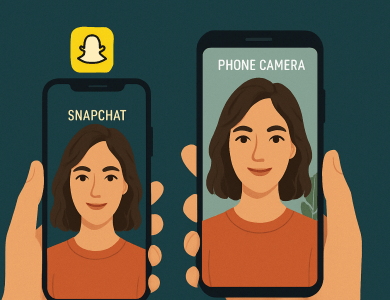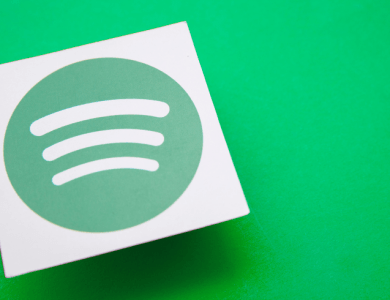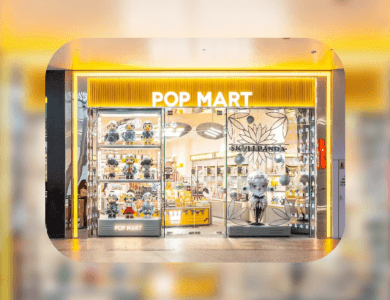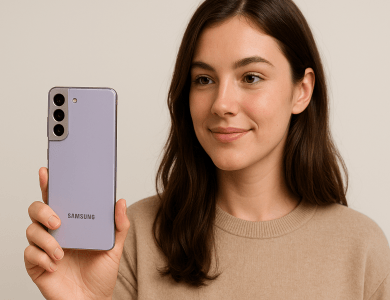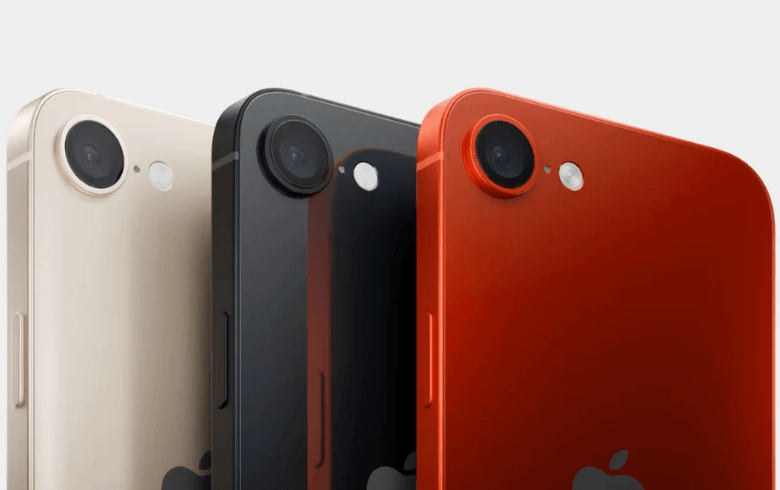
So, you’ve finally got your hands on a brand-new iPhone—congrats! Whether you’re switching from Android, upgrading from an older iPhone, or diving into Apple’s world for the first time, there’s a lot more to do than just turning it on and admiring the sleek design. To truly make the most out of your new device, there are several steps you should take to set up your iPhone like a pro.
In this blog, we’ll walk through 10 things you should do after buying an iPhone to make your experience smooth, secure, and super satisfying.
Contents
- 1. Set Up Face ID or Touch ID and a Passcode
- 2. Sign In (or Create) Your Apple ID
- 3. Enable iCloud Backup
- 4. Transfer Your Data
- 5. Customize Your Control Center
- 6. Download Essential Apps
- 7. Set Up Find My iPhone
- 8. Adjust Privacy Settings
- 9. Explore Widgets and Focus Modes
- 10. Update to the Latest iOS Version
1. Set Up Face ID or Touch ID and a Passcode
The very first thing you should do is secure your iPhone. Face ID (available on most recent models) and Touch ID (on older models like the iPhone SE) are not only convenient but also protect your data from prying eyes. Pair this with a strong six-digit passcode to ensure maximum security.
💡 Tip: Avoid using birthdays or repetitive numbers as your passcode.
2. Sign In (or Create) Your Apple ID
Your Apple ID is the key to unlocking almost everything on your iPhone—from downloading apps to syncing with iCloud. If you don’t already have one, it’s easy to create during the setup process. And if you do, just sign in and you’re good to go.
Your Apple ID helps with:
App Store purchases
iCloud backup and storage
iMessage and FaceTime
Find My iPhone
3. Enable iCloud Backup
Imagine losing your phone and all your data along with it—ouch. Avoid that nightmare by turning on iCloud Backup. This way, your contacts, photos, messages, and even app data are safely stored in the cloud and can be restored any time.
To turn it on:
Go to Settings → [Your Name] → iCloud → iCloud Backup
Toggle it on and tap Back Up Now
4. Transfer Your Data
If you’re moving from another iPhone, use Quick Start—Apple’s simple, wireless method of transferring data. For Android users, Apple’s Move to iOS app makes the switch less painful by transferring messages, contacts, and more.
Choose your method:
| Current Phone | Recommended Tool |
|---|---|
| iPhone | Quick Start / iCloud |
| Android | Move to iOS app |
5. Customize Your Control Center
The Control Center is your iPhone’s quick-access command hub. From flashlight to music controls and screen recording, it’s worth tailoring it to your needs.
Steps:
Go to Settings → Control Center
Tap the green “+” icons to add and red “-” icons to remove
🔧 Add items like Low Power Mode, Notes, and Do Not Disturb for quicker access.
6. Download Essential Apps
Once you’re all set up, it’s time to hit the App Store. Start with essentials like:
Social: Instagram, WhatsApp, Twitter
Productivity: Notion, Google Drive, Microsoft Office
Entertainment: Spotify, YouTube, Netflix
Utilities: Authenticator apps, Banking, VPN
Use the App Library or organize your Home Screen into folders for a cleaner look.
7. Set Up Find My iPhone
This isn’t just useful if your phone gets stolen—it can also help if you simply misplace it under a couch cushion. Enabling Find My iPhone means you can locate, lock, or even erase your phone remotely.
To activate:
Go to Settings → [Your Name] → Find My
Make sure Find My iPhone is turned on
🔐 You can even set it to send its last location before the battery dies.
8. Adjust Privacy Settings
Apple takes privacy seriously, but you still need to do your part. Go through app permissions, disable unnecessary location tracking, and limit ad tracking.
Review these under:
Settings → Privacy & Security
Disable access to camera, mic, or location for apps you don’t trust
9. Explore Widgets and Focus Modes
Widgets are a fun and useful way to personalize your Home Screen. Whether it’s the weather, calendar, or your fitness stats, widgets bring info front and center.
Focus Modes allow you to filter notifications based on what you’re doing—like work, personal time, or sleep.
🎯 Pro tip: Set custom Focus profiles for different times of day and link them with custom Home Screens.
10. Update to the Latest iOS Version
Your iPhone might not be running the latest iOS out of the box. Always check for updates to get the newest features and security fixes.
To update:
Go to Settings → General → Software Update
🔄 Set it to auto-update overnight while charging for extra convenience.
Buying a new iPhone is exciting, but setting it up the right way ensures a smooth, secure, and enjoyable experience from day one. By following these 10 things you should do after buying an iPhone, you’ll not only make the most of your device but also keep it safe and tailored to your lifestyle.
Welcome to the Apple ecosystem—your iPhone adventure is just beginning! 🍏


